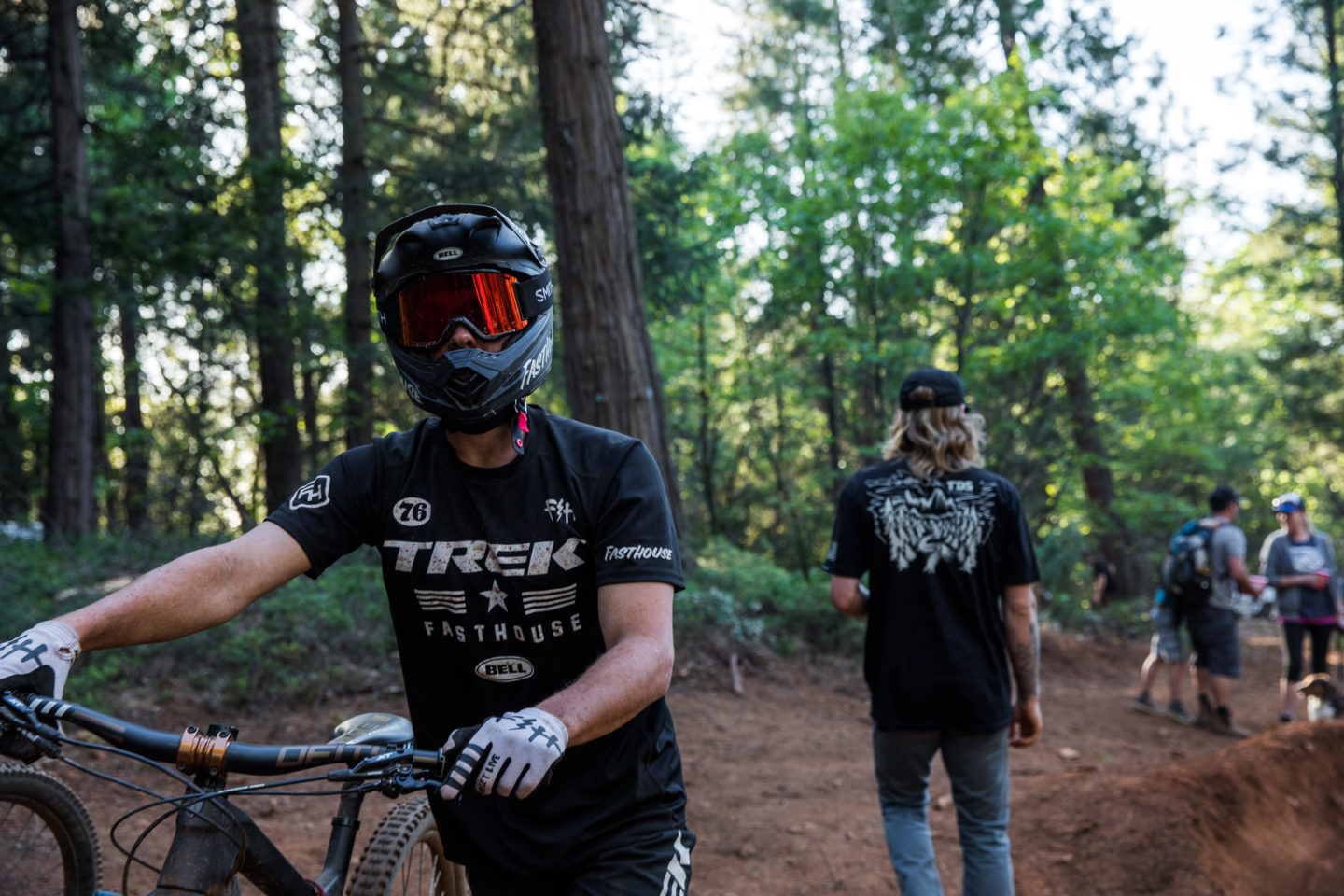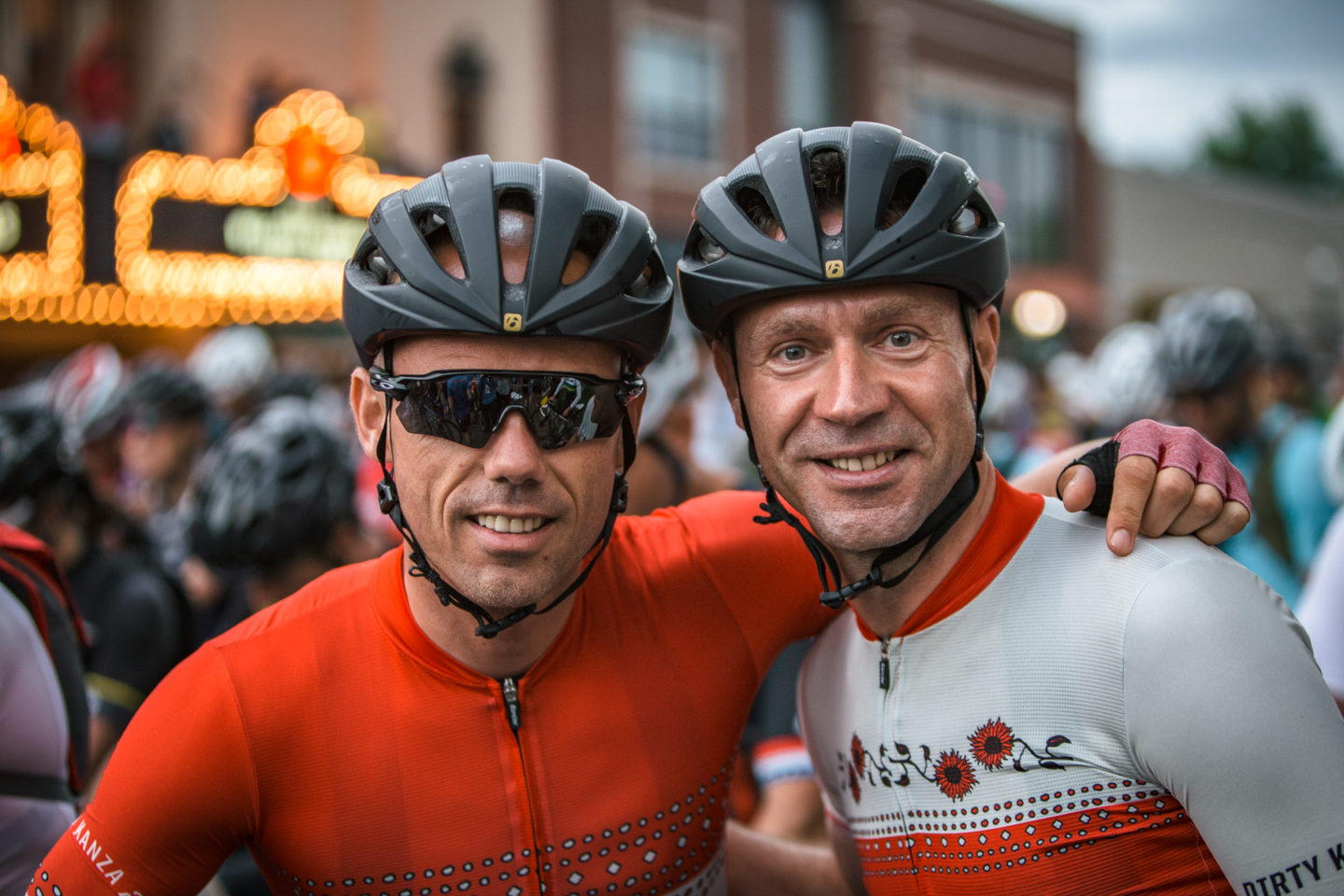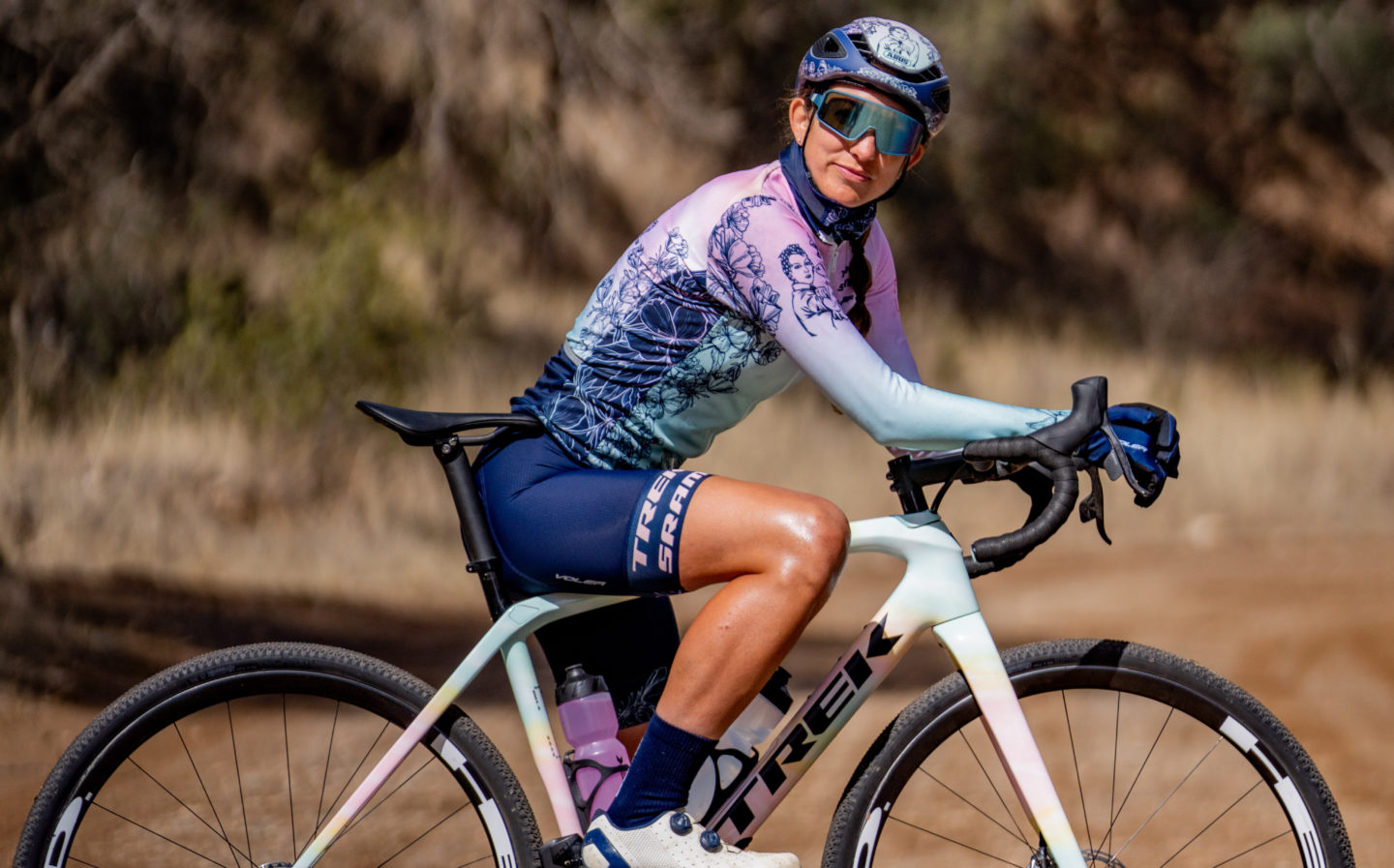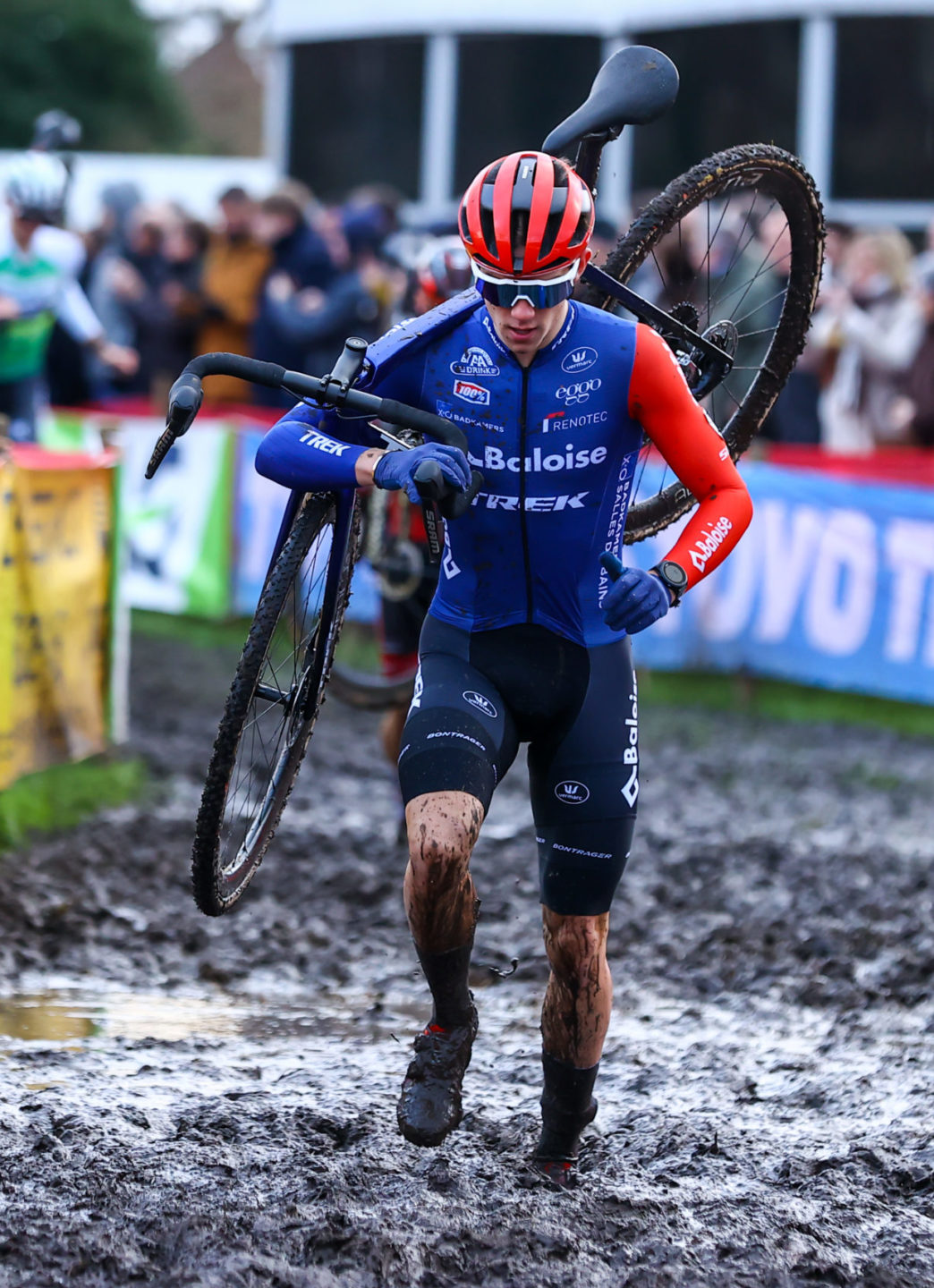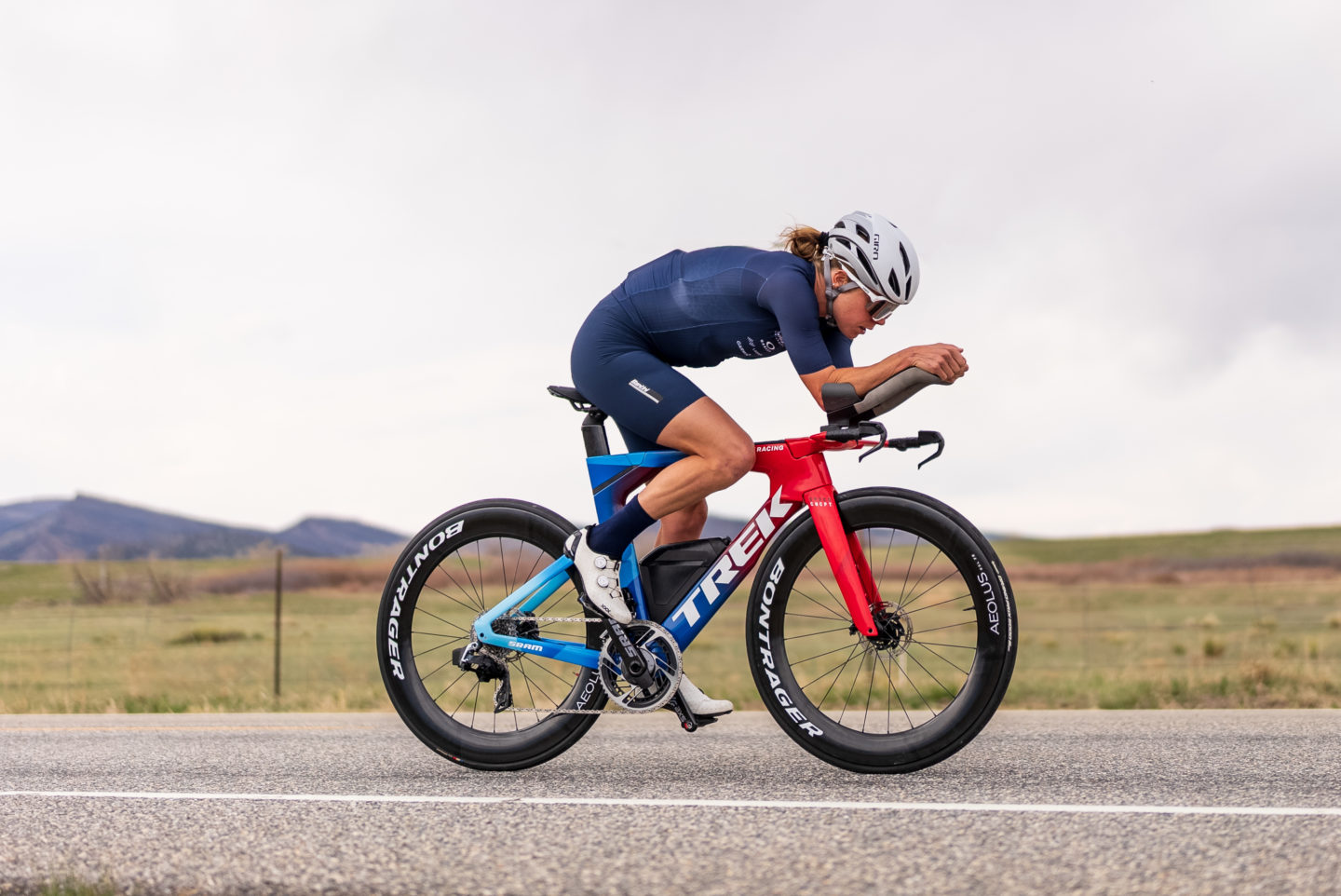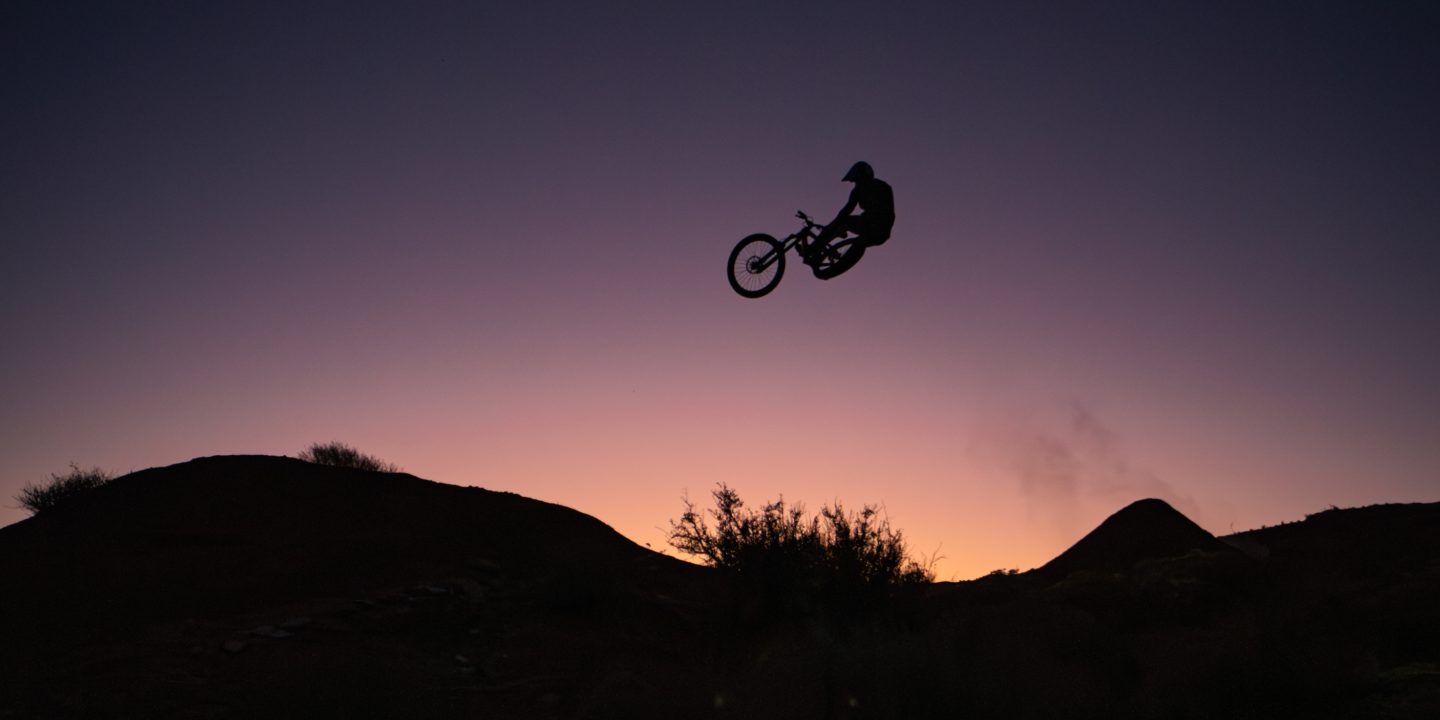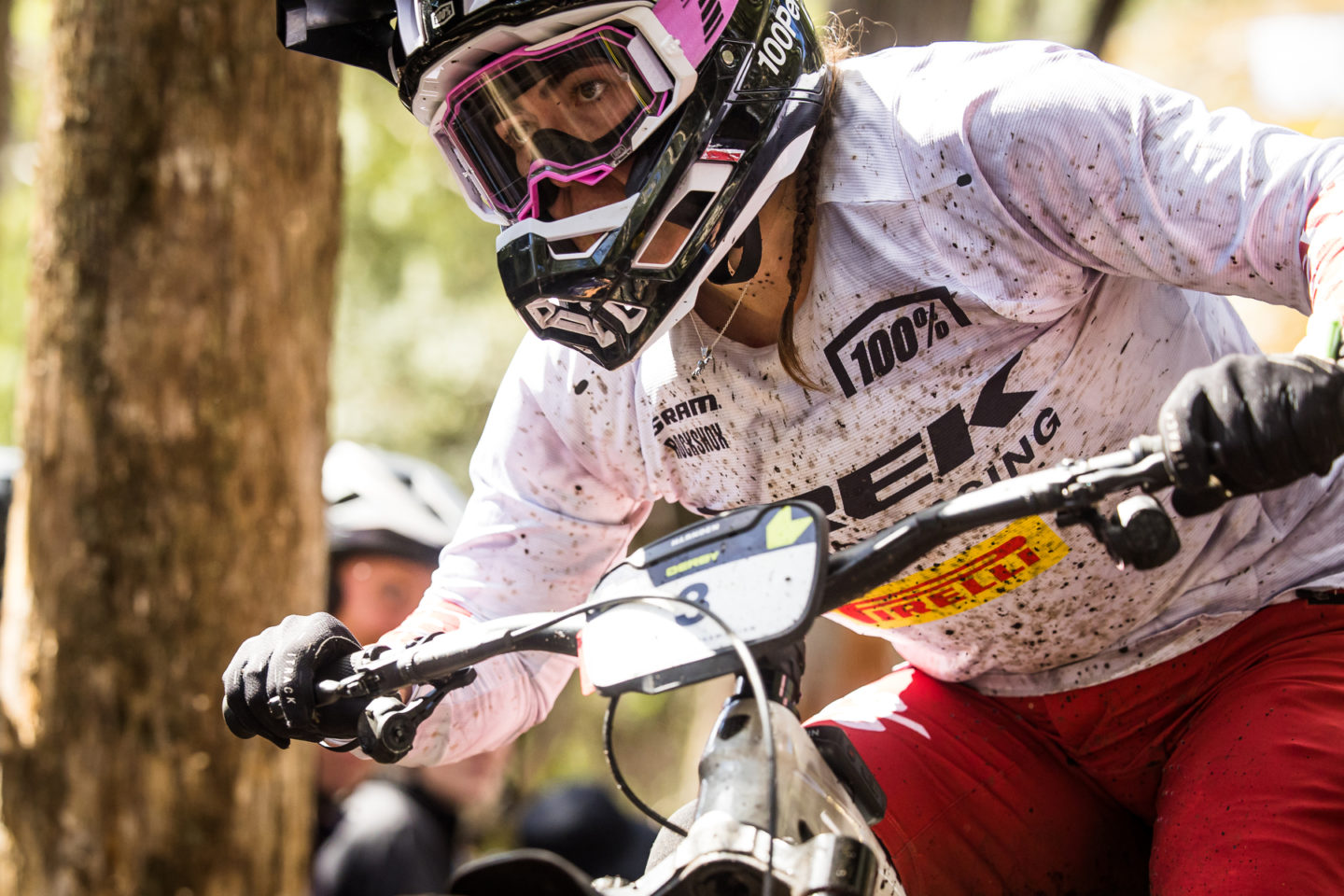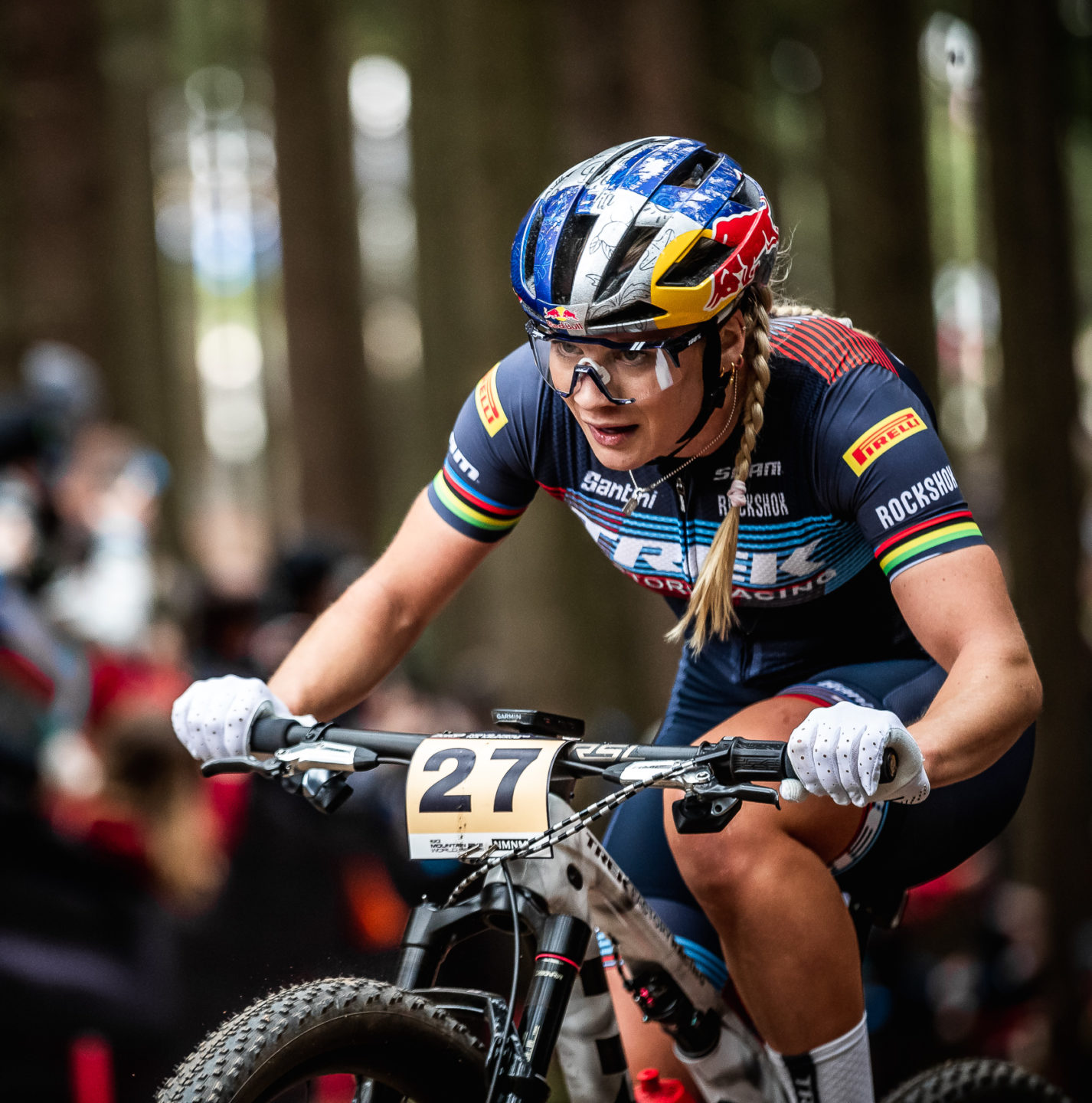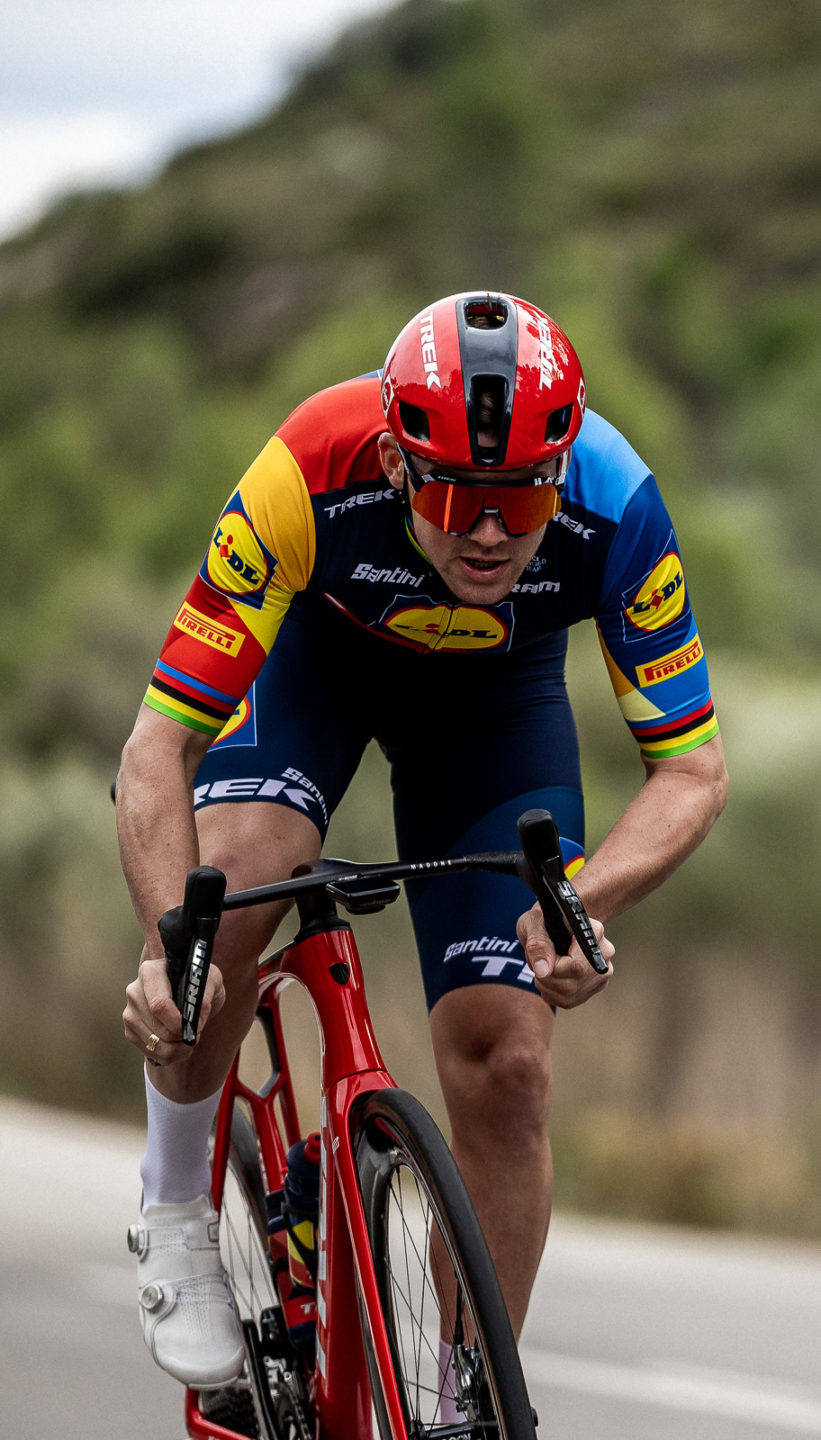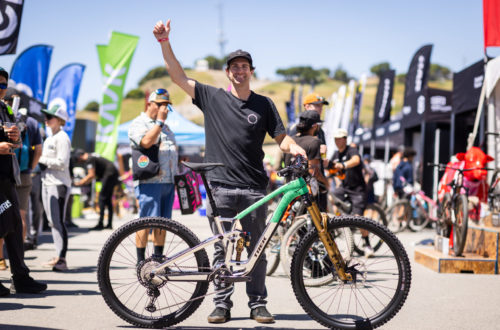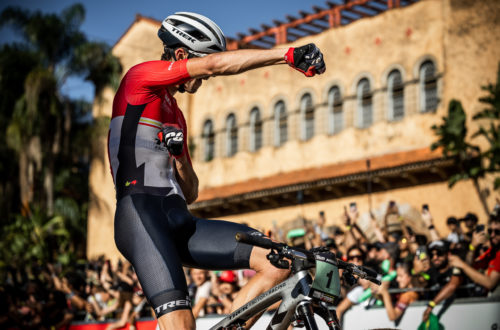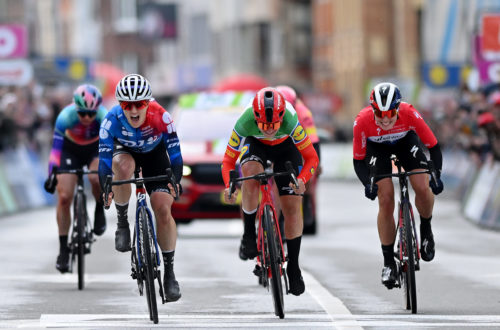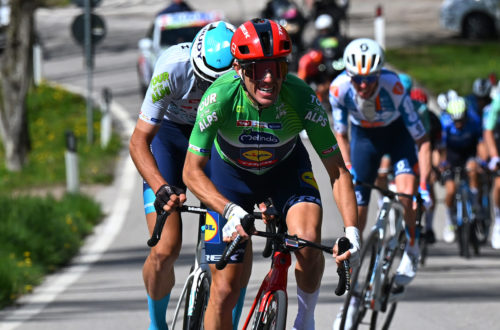Our scientific approach to keeping our cool at the Vuelta
So you’re been watching the pros slog it out through the baking Spanish summer. If you’re anything like us (the ones writing this article), it’s hard enough to just go for a spin in these temperatures, let alone racing the world’s best across some of the steepest mountains known to cycling. There’s a reason why many describe the Vuelta as the hardest of the three Grand Tours, and the climbs are only half of it.
You might be wondering how the pros do it without capitulating under the unrelenting sun. Well, fortunately we have a team designed to help the riders ride through the fire and out the other side. From specially-designed kit to meticulously planned feed zones, we aim to limit the impact of the heat on our riders’ health and performance. Who better to ask about the extreme conditions of the Vuelta than our Spanish team doctor, Manuel Rodríguez Alonso, who has covered 15 Vueltas during his career as a cycling doctor.
If you’ve been struggling with the hot weather on your rides, or just have an interest in the inner workings of a pro team, read on for Dr Rodríguez’s top tips for beating the heat.
Over to you, Doc…

The Vuelta is without a doubt the hottest Grand Tour of the season. Every day the riders race with temperatures between 32°C and 38°C (89.6°F to 100°F). The Spanish Grand Tour is the race where we experience the most extreme conditions due to the heat, so it’s a good testing ground to try out new strategies to cope.
Every strategy starts from the basics and scientific knowledge. We know that the standard temperature for the human body to be healthy must be around 36°C. For the muscles, it must be between 35°C and 39°C, with and optimal range between 37°C and 39°C to have them working at their best performance. We also know, thanks to biology, that a change of one degree in the body and muscle temperature can lead to a 10-20% change in performance level. So, it’s easy to understand the key role that the external environment plays. Here at the Vuelta it’s not uncommon that the body temperature reaches up to 41°C. For these reasons, the strategies we must implement to keep the situation under control are crucial.

LA MANGA, SPAIN - AUGUST 21: A general view of the peloton compete during the 76th Tour of Spain 2021, Stage 8 a 173,7 km stage from Santa Pola to La Manga del Mar Menor / @lavuelta / #LaVuelta21 / on August 21, 2021 in La Manga, Spain. (Photo by Gonzalo Arroyo Moreno/Getty Images)
1 . Pre-race
Riders have to be physically prepared for the Vuelta and the first step we suggest, if possible, is a pre-race acclimatization period. It consists of a couple of weeks of training in conditions similar to those they will find at the Vuelta. For General Classification riders this is crucial. Whenever it
is not possible we have to find methods and systems to reduce the thermal stress that can harm performance, especially in the first week.

2 . Race day – before the start
The first activation happens in the hotel, before leaving, and consists of a cold bath with running water, usually around 20°C, which equates to approximately 10-12°C difference from the outside environment. We ask the riders to relax in the bath for ten minutes just before leaving the room.
During the transfer to the stage start we begin to implement thermoregulation strategies from a liquid side. Dehydration is the second major factor to consider when racing in the heat and is strictly related to the temperature factor: more liquids means offering the body protection from the heat. Here at the Vuelta a rider can lose up to 4 liters of bodily fluid, that is 4kg, from start to finish. This is a considerable difference that, thanks to our strategies, we’re able to reduce to 300-400 grams. In preparation for the stage we have twin goals: containing dehydration, mainly supplying mineral salts that will be useful to keep a low level the loss of liquids, and keeping body temperature low until the start of the race. To achieve these, we offer riders our Enervit isotonic drink in the form of ice. Unlike a cold liquid, ice stays in the stomach longer, and cooling the blood coming into the area. They ingest it as crushed ice or as ice gel, which is a frozen isotonic drink in the form of a small ice pop, the size of a gel, made by our soigneurs with Enervit isotonic drink.
Just before leaving the bus riders place ice socks under the jersey at the base of the neck. This area is one of the most sensitive, close to the brainstem, that transmits an intense sensation of cold. While the riders wait on the bus, they also place the ice socks near the carotid artery or the inguinal arteries, to have an effective heat exchange and to transmit a relief feeling to the brain. We treat the ice socks by spraying liquid menthol. This substance, on contact with the skin, increases the sensation of cold. It does not change the temperature, but it has an important sensory effect.

3 . Race day – during the race
During the race the strategies we can put in place are obviously reduced. We try to make sure that riders, between team supplies and extra feeds, have fresh bottles about every 20km. We give them water and mineral salts in liquid form but also ice, especially with ice gels and ice socks.
As soon as the riders pass the finish line, the recovery phase starts. The ideal conditions would be an immediate immersion in a cold water tub, however this is rather difficult due to logistical problems in the finish area. Sometimes, as luck would have it, mother nature offers a solution, which already happened at the Tour de France. A river near the finish line, for example, is an effective solution for an immediate lowering of the temperature. In these cases, the gain in recovery time is remarkable.
On the bus, after a refreshing shower, riders consume the recovery in the form of a smoothie: Enervit proteins mixed with ice and frozen fruit, all blended together. After this they still have a bidon of ice with Enervit isotonic drink, in the form of slushie. This is followed by traditional recovery food, mainly cold: watermelon, melon, pineapple, vegetables, cold rice.

4 . Race day – back at the hotel
Once at the hotel we can implement the bath tub method. Soigneurs will have already prepared 2-3 tubs to allow riders to have a cold bath. Water temperature must be exact, around 15°C, so ice is added to the water. We recommend the riders to immerse themselves as deeply as possible because the larger the surface area of the body that is exposed to the cold, the faster the heat exchange. The minimum we require is under the armpits. Obviously the focus is paid to the leg muscles, the riders’ engine. The procedure and the duration of the immersion is simple and accurate. First, we measure the temperature of the skin of the quadriceps with a thermometer, which is usually around 32-33 °C. After about 8-10 minutes in the tub we take a second measurement, always on the surface, to assess the cooling. When the temperature reaches 21-22°C we can declare the cooling cycle finished. We believe that using this method gains an hour of recovery time.

5 . Race day – bedtime
The tub remains available to the riders for a second bath, before going to bed. In this case it serves more as relaxation. In the process of sleep, the first thing that our body naturally implements is the lowering of temperature. Encouraging this process with a bath accelerates the rest.
During sleep, the only variable factor is the temperature of the room, controlled by air conditioning. In this case, it’s up to the riders to do what they prefer. Compared to many years ago, when air conditioning was considered a “risk” for excessive cooling, riders are much more accustomed. We can also observe that habits vary according to geography: Latin riders tend to turn it off at night, while Anglo-Saxons and Nordic riders keep it working all night long, perhaps at temperatures as low as 16-18°C.
In the morning, we start the cycle again.
****
So there you go – our Doctor’s guide to beat the Spanish heat and get the most out of your performance. You can get back out there on your bike, just don’t forget the sunscreen!
